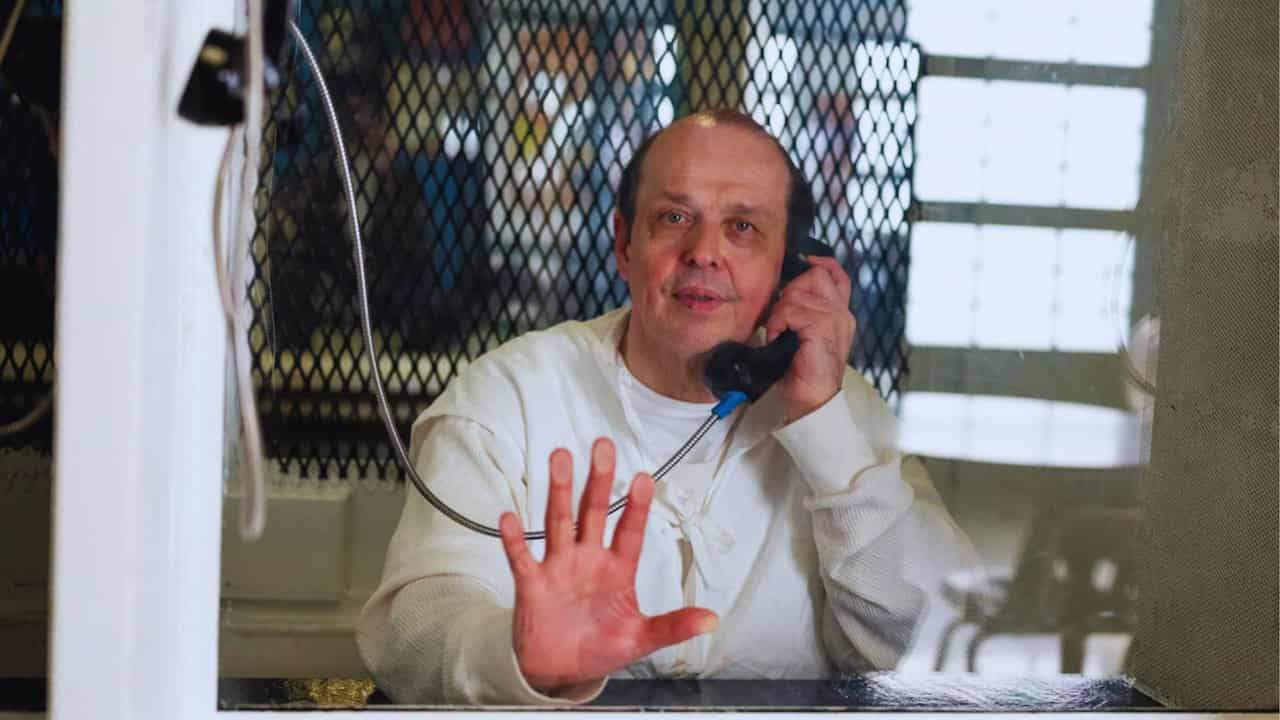Eleventh-Hour Reprieve: Texas Judge Hits Pause on Controversial ‘Shaken Baby’ Execution
On Thursday night, the Texas Supreme Court intervened abruptly to halt Robert Roberson’s execution. The decision was made following a complex day of legal maneuvers that left Roberson’s fate uncertain until the very end.
In 2002, Roberson, 58, faced a lethal injection due to the death of his 2-year-old daughter Nikki Curtis. Prosecutors claimed he violently shook the toddler, causing fatal brain injuries. But Roberson’s case has drawn intense scrutiny, with critics arguing it hinges on shaky science.
The day began with the U.S. Supreme Court declining to intervene. Justice Sonia Sotomayor urged Texas Governor Greg Abbott to delay the execution, but the governor remained silent.
Then, less than two hours before the scheduled 6 p.m. execution, Travis County Judge Jessica Mangrum issued a temporary restraining order. The surprise move came after state lawmakers voted to subpoena Roberson to testify at a hearing next week.
But the legal ping-pong wasn’t over. The Texas Court of Criminal Appeals quickly lifted Judge Mangrum’s order, seemingly clearing the way for the execution to proceed. At that point, the Texas Supreme Court intervened by issuing a stay, effectively stopping the execution process.
“He’s an innocent man, and we were very close to killing him for something he didn’t do,” said Brian Wharton, the lead detective who originally investigated Curtis’s death. Wharton has since become a vocal supporter of Roberson’s innocence claims.
At the heart of the case is the controversial diagnosis of shaken baby syndrome. Critics argue it’s based on outdated science and unreliable studies. Some medical experts now believe Nikki likely died from pneumonia complications, not abuse.
Roberson’s lawyers also point out that their client’s autism wasn’t considered during his trial. Prosecutors highlighted Roberson’s seemingly unemotional response to his daughter’s death as evidence of guilt. But people with autism often express emotions differently, a factor the jury never heard about.
The case has united an unusual coalition of conservative lawmakers, criminal justice reformers, and medical professionals. They argue Roberson’s conviction rests on shaky ground and deserves a fresh look.
“Texas plans to execute Robert Roberson next Thursday—despite a conviction based on junk science.” Even former detectives on his case believe Roberson is innocent,” the state branch of the American Civil Liberties Union posted on social media last week.
The road to Thursday’s last-minute reprieve was long and winding. On Wednesday, the Texas Board of Pardons and Paroles rejected Roberson’s bid for clemency. Earlier Thursday, the U.S. Supreme Court declined to step in.
But a bipartisan group of state representatives refused to give up. They pushed for a restraining order to buy more time, leading to the flurry of legal activity that stretched late into the night.
The use of lethal injection itself remains controversial. Critics point to “botched” executions that may have caused unnecessary suffering. While a slim majority of Americans still support capital punishment for murder convictions, doubts about fairness in its application are growing.
A 2023 Gallup poll found 53% of respondents in favor of the death penalty, with 44% opposed. However, 50% of respondents perceived the application of the death penalty as unfair, while 47% viewed it as fair.
Roberson’s case highlights the ongoing debate over capital punishment in America. Questions of innocence, outdated science, and potential bias continue to dog the system.
For now, Roberson remains on death row. But Thursday’s dramatic events have bought him precious time. Next week’s hearing could shed new light on his conviction and potentially change the course of his case.
As the dust settles from this legal whirlwind, one thing is clear: the fight over Robert Roberson’s fate is far from over. The coming days and weeks promise more intense scrutiny of both this specific case and the death penalty system as a whole, with lives literally in the balance.
